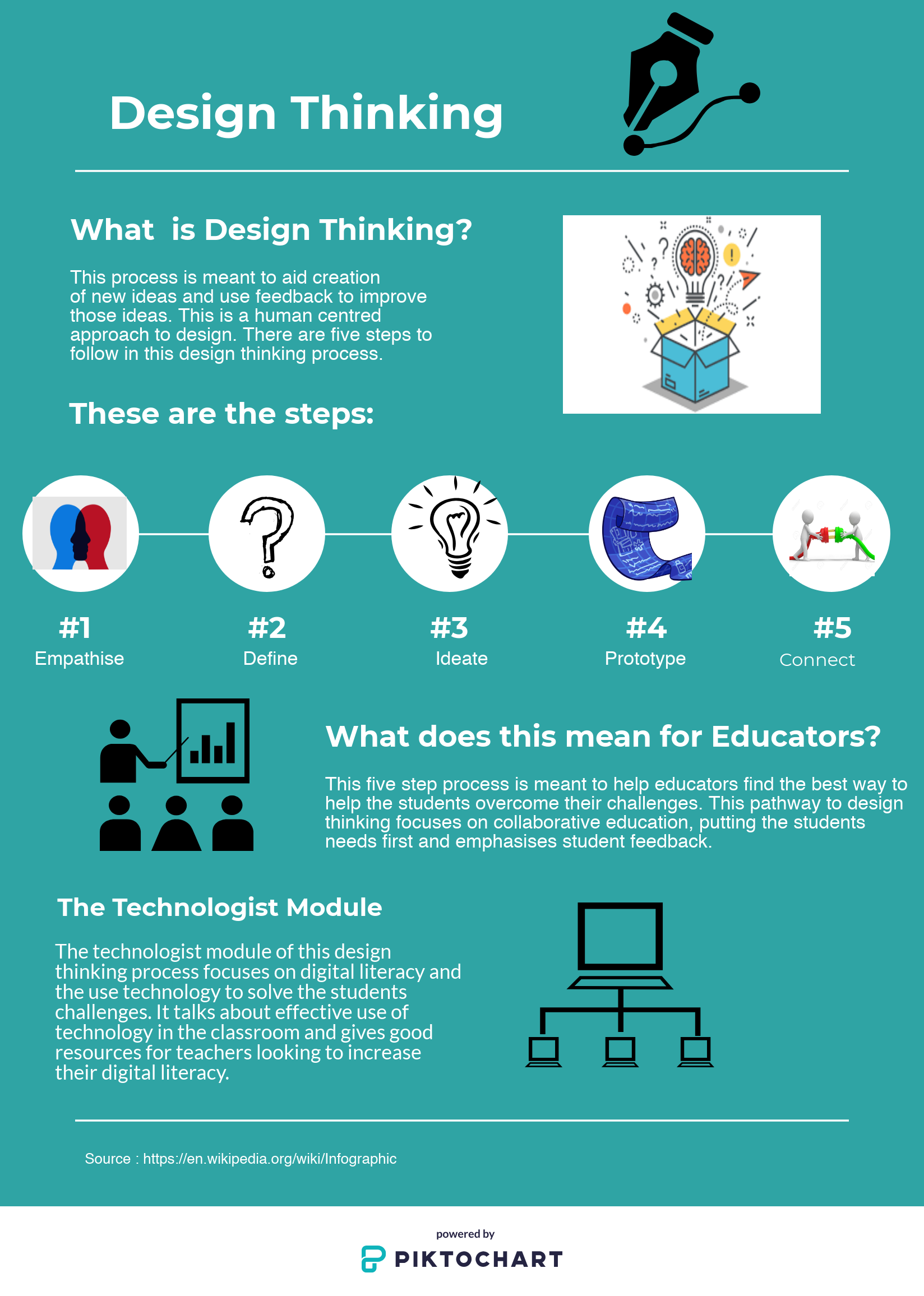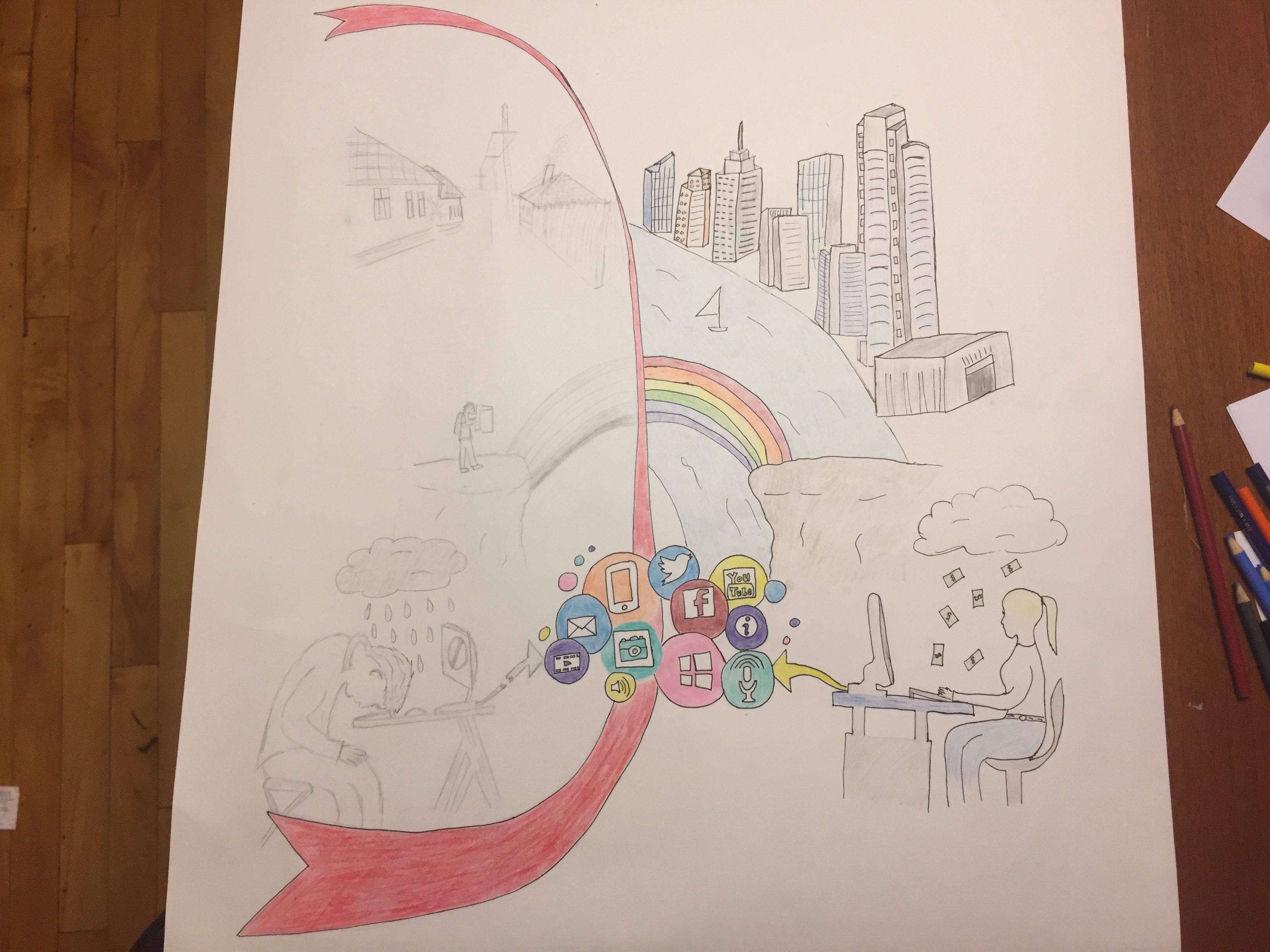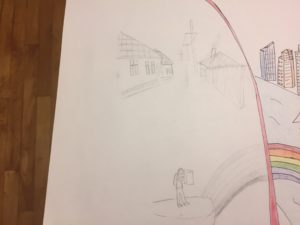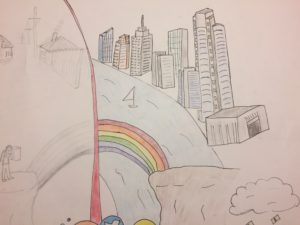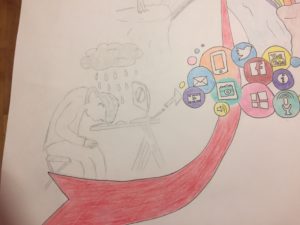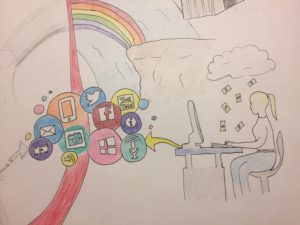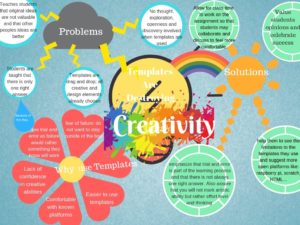As a student teachers we are always looking for new ways to benefit students learning. We study all of the theories of the philosophers in hopes that it will help us understand our profession more. We try to differentiate and integrate technology but the fact is in this technological era many of us have fallen victims to outdated curriculum and misuse of technology in the classroom. I do not learn best from text books and I don’t believe that I could have made it through Chemistry in university without the aid of youtube. The thing is all of our classes tell us that students learn in different ways, so why the constant textbook work and lectures only catering to a few students needs? Technology with proper use can help with all students learning and assist with many of the challenges they face. The Technologists Module addresses this need for proper use of technology in the classroom and goes through a step by step process that outlines how to select the proper technology. This five step process is a path to design thinking. The first step is Empathy. It is vital to empathise with the students, to see the challenge in front of them from their eyes. Many of us in university who have only been accustomed to academic classrooms and do not see the obstacles in some students lives. It is so easy to think that “this is easy, they should be getting this” so it becomes very important that we take the time to try to understand what they are going through. This leads to the second step, to Define the challenge the students are facing. Once you can visualise this problem you can begin to ideate; ask yourself how technology could solve this problem? What resources are available? The next step is to build the prototype; to choose the technology and try it out in the classroom. In this phase it is really important to reflect on how well it worked and ask the students what they thought. It can always be improved. So in this phase it is important as teachers to realize that we are human and to accept critical feedback from students. If the attempt is a failure revaluate and try again. As teachers we want to model resilience and perseverance for our students. We can not ask them to be determined and self motivated if we are not. The last step is to connect this to the curriculum, to ensure that the learning goals are still met and that we have chosen an effective technology.
I chose to do a piktochart to illustrate this process. I have never used this platform before but will definitely encourage my students to use it in the future for projects. It was easy to use and creates professional looking charts. This pictochart emphasises the key points of design thinking including the five steps; empathise, define, ideate, prototype and connect. It also outlines this collaborative way of introducing something new in the classroom. Hope you enjoy!

